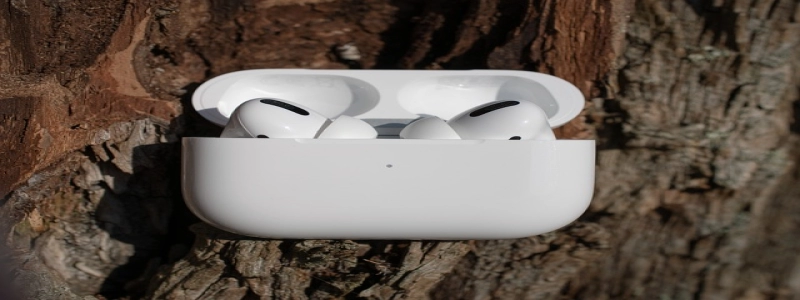Is Ethernet the Same as WiFi?
Introduction:
In the modern world, where technology plays a critical role in our daily lives, it’s essential to have a clear understanding of different networking terms. Ethernet and WiFi are two commonly used terms, often interchangeably, causing confusion among many. However, Ethernet and WiFi are not the same. In this article, we will explore the differences between Ethernet and WiFi in detail.
I. What is Ethernet?
a. Ethernet is a wired networking technology that allows devices to connect to a local area network (LAN).
b. It uses cables, such as Ethernet cables, to establish a physical connection between devices and routers or switches.
c. This connection provides a stable and reliable internet connection.
II. How does Ethernet work?
a. Ethernet works by sending and receiving data packets through the physical cables.
b. The devices connected via Ethernet cables have a dedicated connection to the network.
c. Ethernet connections are known for their high speed and low latency, making them ideal for activities that require a stable internet connection, such as online gaming or video streaming.
III. What is WiFi?
a. WiFi, short for Wireless Fidelity, is a wireless networking technology that allows devices to connect to a wireless local area network (WLAN).
b. It eliminates the need for physical cables by using radio waves to establish a connection between devices and routers.
c. WiFi connections are more convenient and versatile as they enable mobility within the range of the network.
IV. How does WiFi work?
a. WiFi works by transmitting data packets through radio waves between devices and routers.
b. Devices with WiFi capabilities can connect to the network without any physical constraints.
c. WiFi connections offer flexibility but may be susceptible to interference and slower speeds compared to Ethernet.
V. Key Differences between Ethernet and WiFi:
a. Physical Connection: Ethernet requires physical cables, while WiFi is wireless, eliminating the need for cables.
b. Speed and Latency: Ethernet connections provide higher speeds and lower latency compared to WiFi.
c. Reliability: Ethernet connections are generally more reliable and stable than WiFi connections.
d. Mobility: WiFi offers mobility within the network range, while Ethernet connections are fixed to the physical cable length.
Conclusion:
In conclusion, Ethernet and WiFi are two distinct networking technologies. Ethernet provides a stable and reliable connection through physical cables, making it ideal for activities that require high-speed and low latency. WiFi, on the other hand, offers wireless connectivity, allowing for mobility within the network range. Understanding the differences between Ethernet and WiFi is crucial in choosing the appropriate networking technology for your specific needs.








